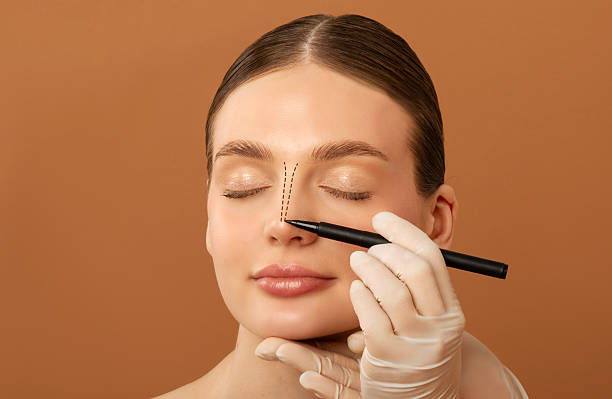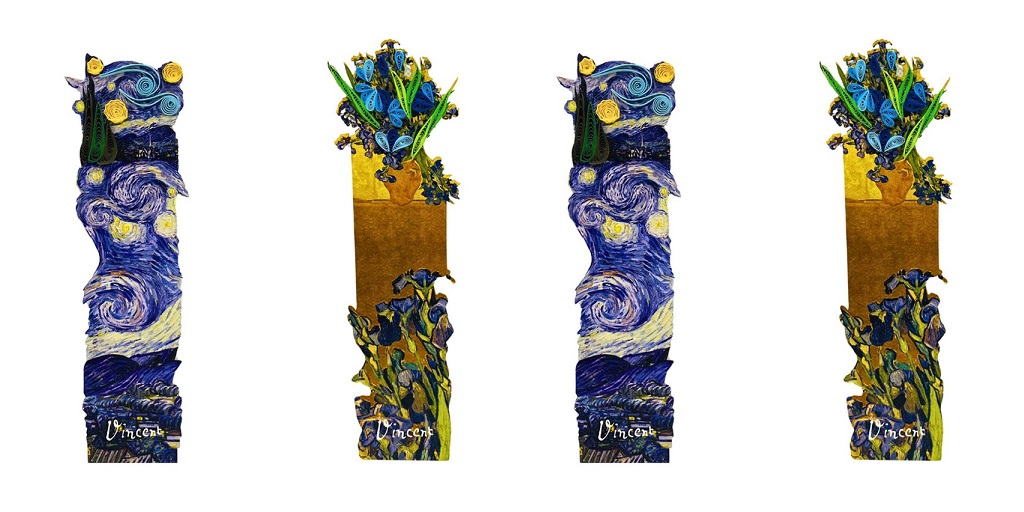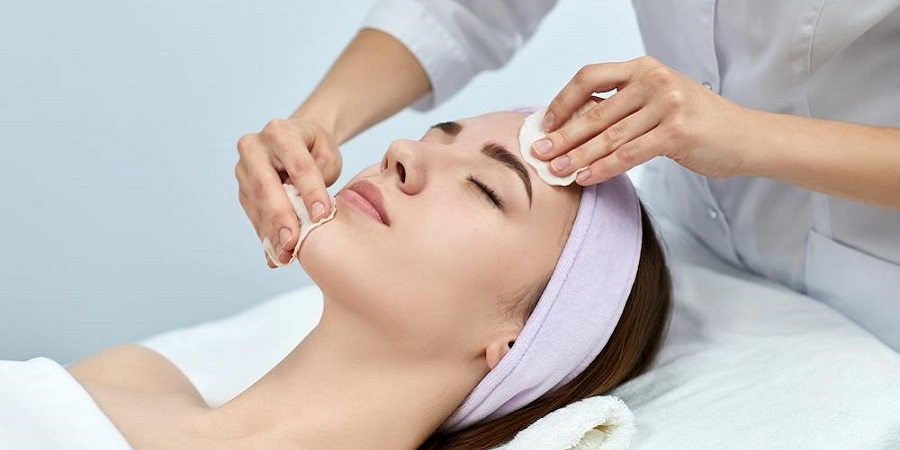When considering aesthetic enhancements, many individuals explore options like rhinoplasty. This popular surgical procedure can dramatically alter the appearance of the nose, helping to achieve a more harmonious facial profile. For those interested in Rhinoplasty in Abu Dhabi, understanding whether this procedure is suitable for their unique nose shape is essential. Every nose is different, and what works well for one person may not be ideal for another. This comprehensive guide aims to shed light on how rhinoplasty can be tailored to various nose shapes and the factors influencing its suitability.
What Is Rhinoplasty?
Rhinoplasty, commonly referred to as a nose job, is a surgical procedure designed to reshape the nose. It can address various aesthetic concerns, such as a prominent hump, a drooping tip, or asymmetry, as well as functional issues like breathing difficulties. The procedure involves modifying bone, cartilage, and soft tissue to achieve the desired look and function.
In the context of Rhinoplasty in Abu Dhabi, many individuals seek this procedure to enhance facial harmony, boost self-confidence, or correct structural problems. The flexibility of rhinoplasty allows for personalized adjustments tailored to each individual’s facial features and preferences.
Different Nose Shapes and Their Characteristics
Every nose has its unique structure, and understanding these differences helps determine whether rhinoplasty is suitable. Here are some common nose shapes:
Straight Nose: Characterized by a smooth bridge and balanced proportions. Rhinoplasty can refine or maintain this shape.
Humped Nose: Features a prominent bump on the bridge. Rhinoplasty often aims to smooth out this hump for a more streamlined profile.
Roman Nose: Known for a prominent bridge, often with a slight downward curve. The procedure can help balance the nose with other facial features.
Upturned/Nasal Tip: The tip points upward, which can be corrected or accentuated based on personal preference.
Bulbous Tip: The nasal tip appears rounded and wide; rhinoplasty can refine the tip for a more proportionate appearance.
Asymmetrical Nose: Uneven features that can be corrected for symmetry and harmony.
Understanding these shapes helps in planning the procedure to ensure natural-looking results that complement overall facial features.
Is Rhinoplasty in Abu Dhabi Suitable for Every Nose Shape?
Rhinoplasty in Abu Dhabi offers the potential for significant aesthetic improvements, but its success depends on individual nose characteristics. Not all nose shapes are suited for the same surgical techniques or outcomes.
Some noses are more adaptable to reshaping, especially when structural issues are minimal. For example, a straight nose with minor aesthetic concerns can benefit from subtle refinements. In contrast, noses with complex structural deviations or significant deformities may require more extensive procedures and careful planning.
Factors influencing suitability include:
- Nasal structure and rigidity: The thickness of the skin and the strength of the cartilage can affect how well the nose responds to reshaping.
- Skin quality: Thinner skin tends to reveal more precise changes, while thicker skin may obscure subtle refinements.
- Facial harmony: The nose should be proportionate to other facial features, such as eyes, lips, and cheeks.
- Patient expectations: Realistic goals are crucial. While rhinoplasty can significantly improve appearance, it may not completely change the nose beyond natural limits.
Personal health and nasal function also play a role in determining suitability, which is why a thorough consultation with a qualified surgeon is essential.
How Rhinoplasty Can Be Customized to Different Nose Shapes
Every nose responds differently to surgical intervention. Skilled surgeons customize their approach based on the specific shape and structural features of the nose, ensuring results look natural and balanced.
For straight noses: The goal might be subtle refinements, such as narrowing the tip or refining the bridge, to enhance harmony without drastic changes.
For humped noses: The surgeon may remove or reshape the hump to create a smoother, more streamlined profile.
For prominent bridges: Techniques like reduction or smoothing are used to balance facial features.
For bulbous or drooping tips: Tip refinement procedures, such as cartilage reshaping or elevation, can provide a more defined appearance.
For asymmetrical noses: Precise adjustments are made to correct deviations and achieve symmetry.
Additional techniques like osteotomies (bone reshaping) and cartilage grafting allow for tailored corrections, making rhinoplasty suitable for a wide range of nose shapes.
Factors to Consider Before Opting for Rhinoplasty
Before deciding on rhinoplasty, individuals should assess several factors to ensure the procedure aligns with their goals and anatomical features.
Understanding Personal Goals: Clarifying whether the focus is purely aesthetic or functional can influence surgical planning.
Assessing Nasal Anatomy: A thorough evaluation helps determine the most appropriate techniques.
Realistic Expectations: Recognizing the limits of surgical outcomes promotes satisfaction with results.
Overall Health: Good health and nasal function are important for healing and success.
Psychological Readiness: Being mentally prepared for the procedure and recovery process is vital.
Consulting with a qualified surgeon can provide insights into how well the procedure matches individual nose shapes and what outcomes to expect.
Common Myths About Rhinoplasty and Nose Shapes
There are many misconceptions surrounding rhinoplasty and the suitability for different nose shapes. Some believe that only specific nose types can benefit, which is not accurate. Rhinoplasty is highly versatile and can be adapted to many facial features.
Another myth suggests that rhinoplasty results in a “cookie-cutter” appearance, but skilled surgeons tailor each procedure to preserve unique characteristics and maintain natural beauty. It’s essential to approach rhinoplasty with an open mind and real expectations, focusing on enhancement rather than perfection.
FAQs About Rhinoplasty and Nose Shapes
Can rhinoplasty change the overall shape of my nose?
Yes, rhinoplasty allows for significant modifications to the nose’s shape, size, and proportions to suit individual facial features.
Is rhinoplasty suitable for noses with thick skin?
While thick skin can limit some subtle refinements, a skilled surgeon can still achieve noticeable and natural improvements.
Will my nose look natural after rhinoplasty?
When performed by an experienced surgeon, rhinoplasty results typically appear natural and harmonious with facial features.
Can rhinoplasty correct asymmetry?
Yes, rhinoplasty can address asymmetrical features, providing a more balanced appearance.
How long does recovery take?
Recovery varies, but most individuals can expect to resume normal activities within a week or two, with final results visible after swelling subsides.
Is rhinoplasty suitable for all ages?
The procedure is generally suitable for adults whose facial growth has stabilized, usually in late teens or older.
Final Thoughts
Rhinoplasty in Abu Dhabi offers a personalized approach to enhancing various nose shapes, emphasizing natural harmony and individual beauty. While not every nose shape is identical, the procedure’s versatility allows for tailored corrections that respect each person’s unique facial features. Consulting with a qualified specialist can help determine if rhinoplasty is the right choice and what outcomes can be realistically achieved. With careful planning and a clear understanding of goals, rhinoplasty can be a transformative experience, improving both appearance and confidence.
READ MORE : How Rhinoplasty Transforms Facial Proportions ?







0 Comments